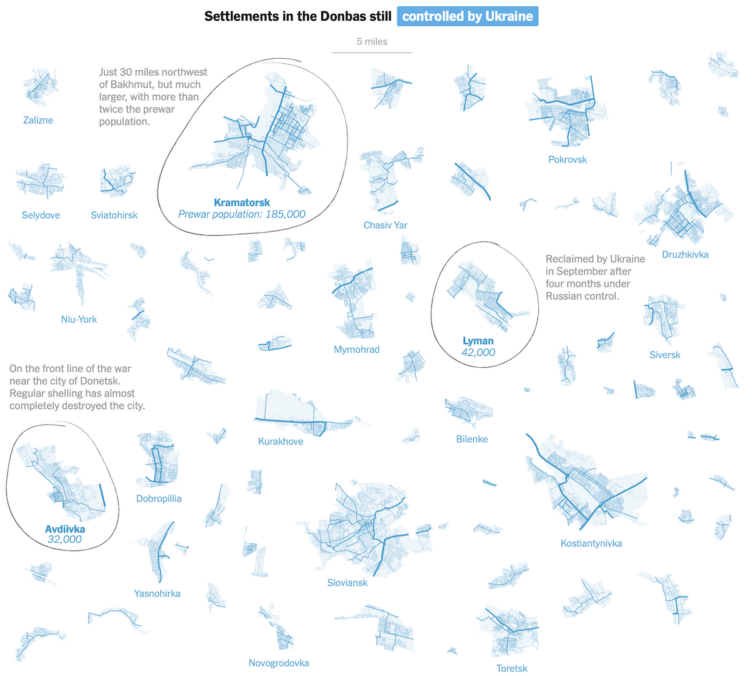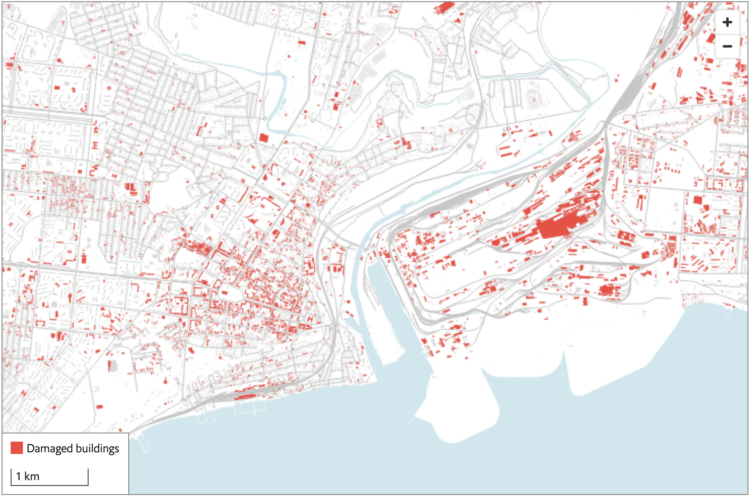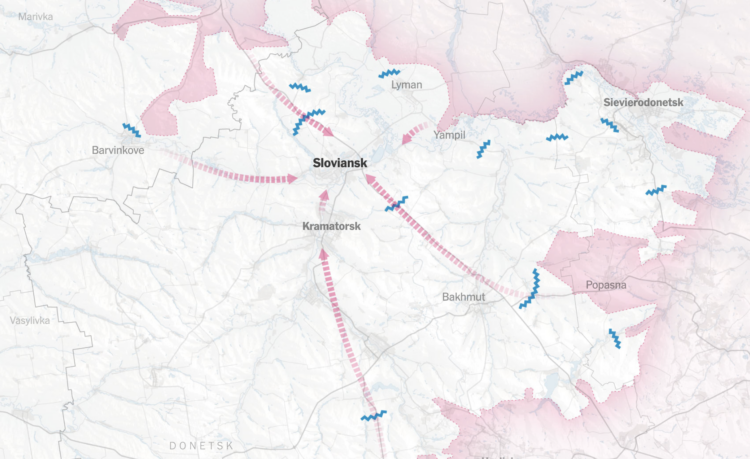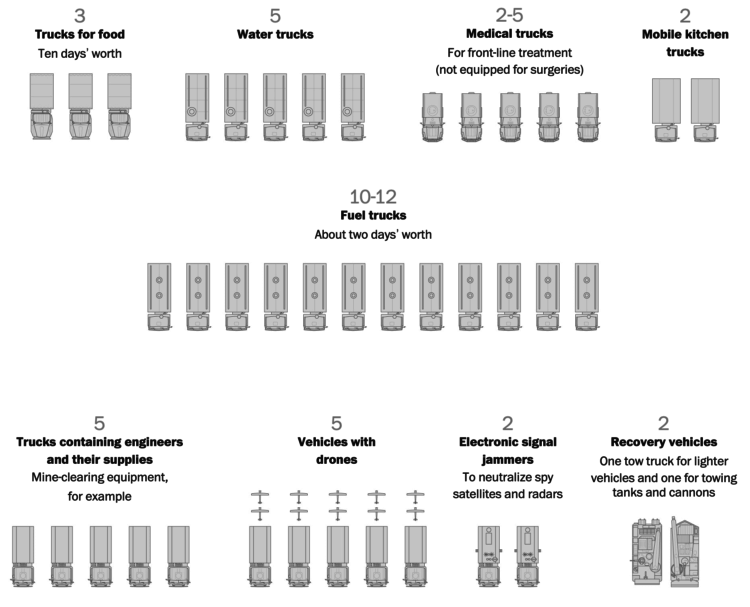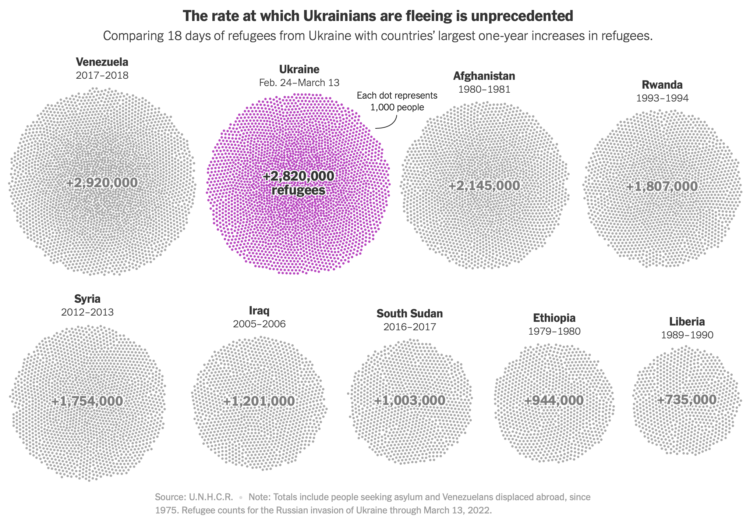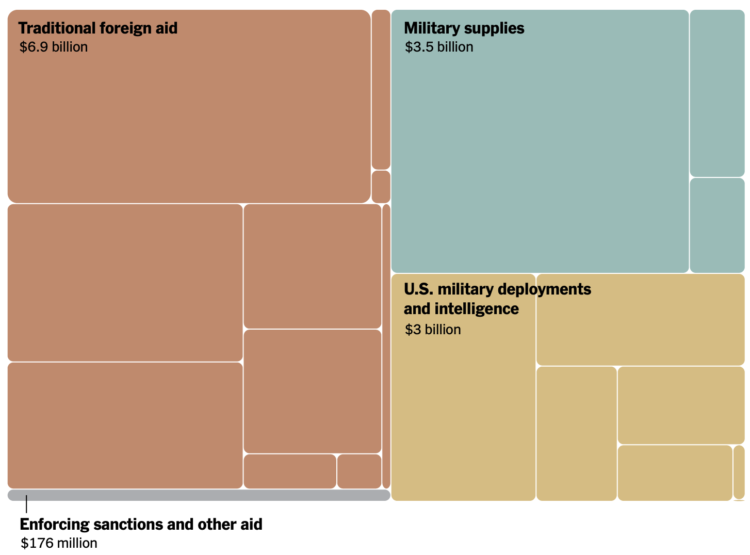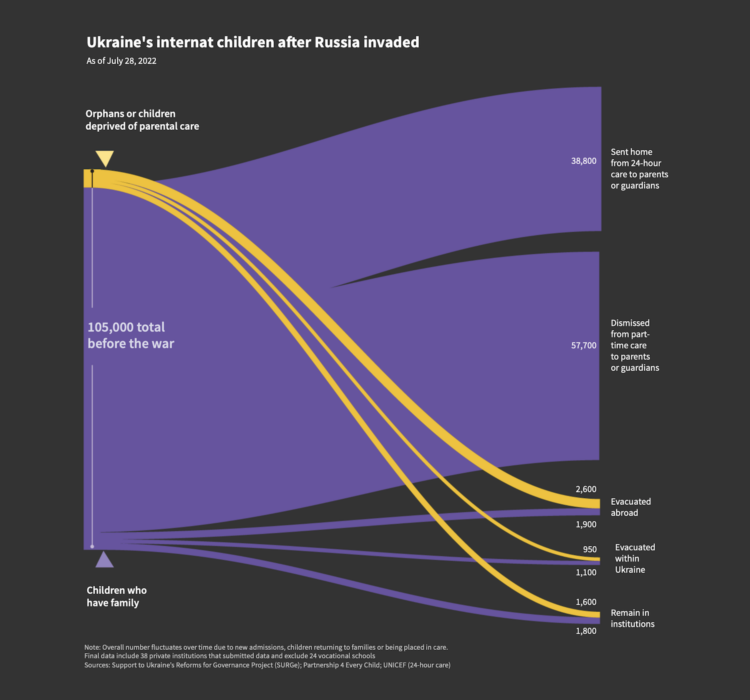
Sarah Slobin and Joanna Plucinska, for Reuters, report on the challenges of counting and tracking thousands of orphans in Ukraine who were evacuated and relocated when Russia invaded:
When Russia invaded on Feb. 24, there were more than 105,000 children in Ukraine’s network of more than 700 institutions – known as orphanages or ‘internats’ – either full-time or part-time. That’s just over 1% of the child population – the highest rate of institutionalization in Europe, according to data from the European Union and UNICEF.
Around half the children in Ukraine’s orphanages were disabled, according to UNICEF. But Ukraine’s state record-keeping system, known as UIAS “Children,” was not capable of tracking or tracing children sent home from institutions, according to the Support to Ukraine’s Reforms for Governance project (SURGe), a Canadian government-funded agency contracted by the NSS to help support it.
Tags: missing data, orphanages, Reuters, Ukraine, war
